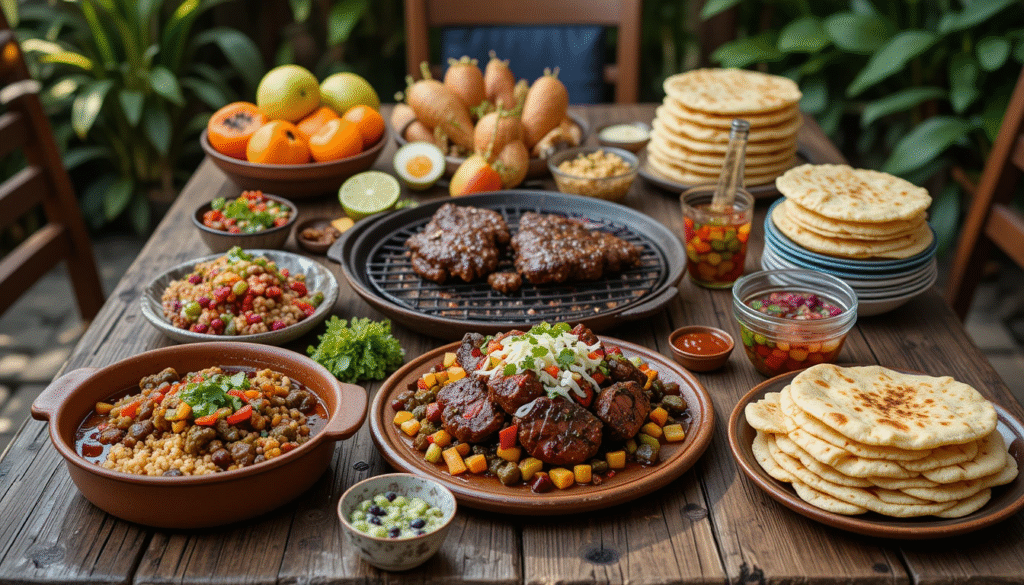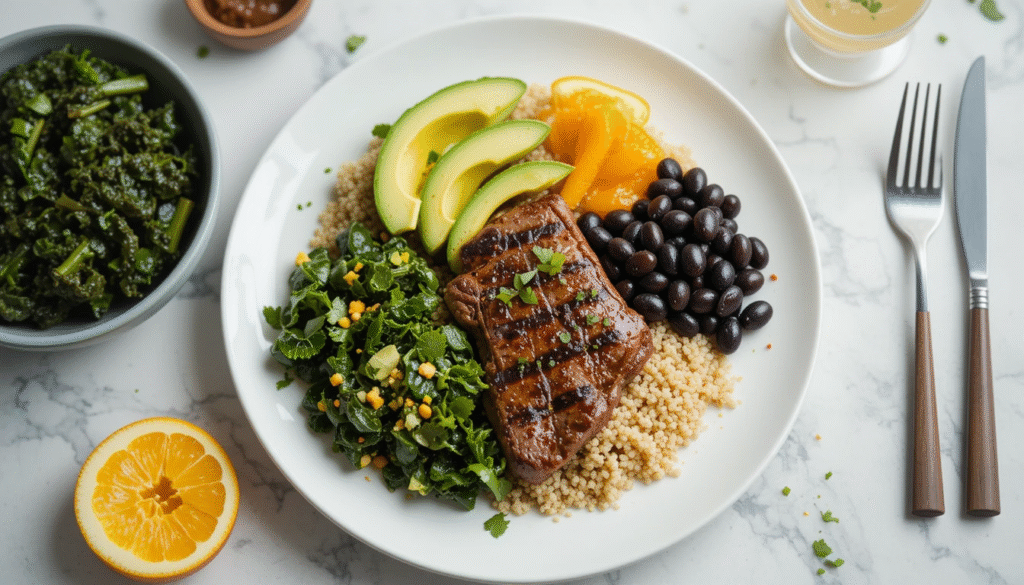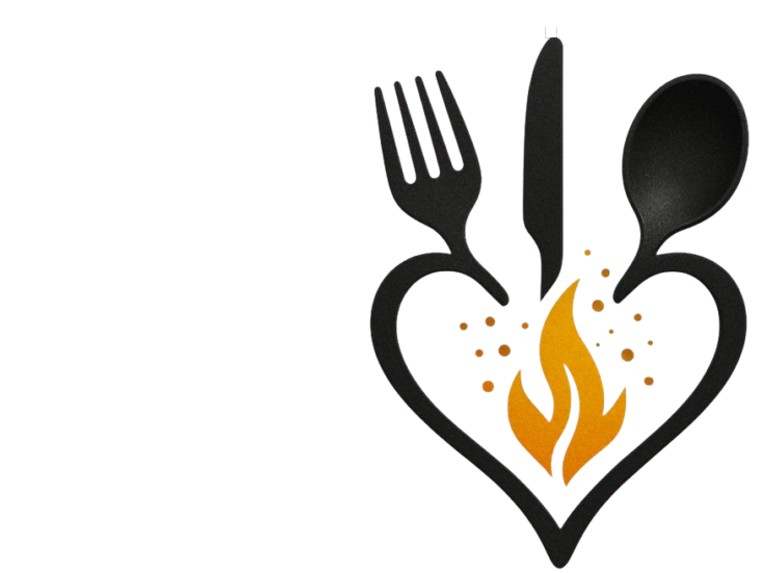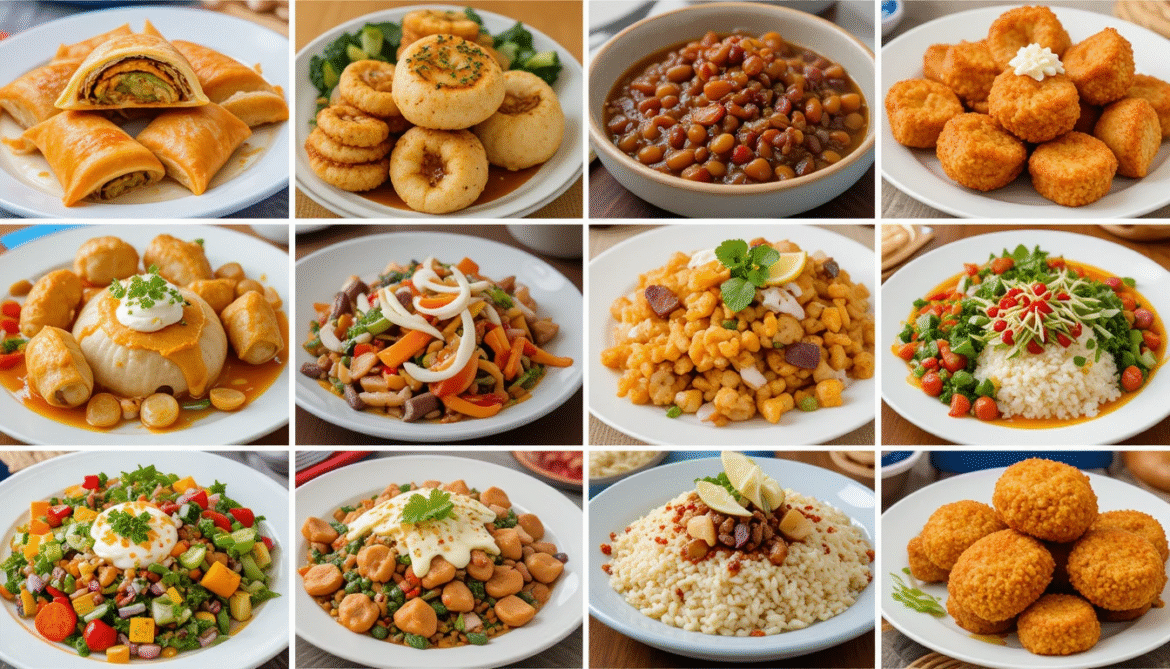South American food is more than just a meal—it’s a celebration of culture, tradition, and flavor that spans across Brazil, Argentina, Peru, Chile, Colombia, and beyond. Whether you’re searching for South American food near Garhi Shahu, Lahore or exploring South American food near Lahore, you’ll notice a growing appreciation for these vibrant dishes around the world.
From smoky Argentine asado (barbecue) to the fresh ceviche of Peru and the hearty feijoada of Brazil, traditional South American food blends indigenous ingredients like maize, beans, and chili peppers with European and African influences.
Beyond flavor, this cuisine offers immense health benefits:
- High fiber from beans, corn, and root vegetables.
- Protein-rich meats and legumes that support muscle repair.
- Healthy fats from avocado, nuts, and olive oil.
- Rich in antioxidants from tropical fruits like açaí, papaya, and guava.
In this guide, we’ll explore the nutritional science, cooking techniques, calorie optimization, and authentic recipes that make South American cuisine both delicious and healthy.
South American Food Culture: Flavor Meets Tradition
South American food culture is deeply tied to geography and history:
- Andean cuisine (Peru, Bolivia, Ecuador): Quinoa, potatoes, and guinea pig reflect indigenous farming traditions.
- Amazonian cuisine (Brazil, Colombia): Freshwater fish, cassava, and tropical fruits dominate.
- Southern Cone (Argentina, Uruguay, Chile): Beef, wine, and wheat flour show European influence.
- Caribbean South America (Venezuela, Colombia): Arepas, plantains, and beans highlight African heritage.
Eating is a communal act. For instance:
- Asado in Argentina is not just grilling meat—it’s a weekend ritual with family.
- Feijoada in Brazil is a slow Sunday lunch with friends.
- Ceviche in Peru is eaten at the seaside, celebrating the freshness of the catch.
When looking for South American food near Lahore, you’ll often find restaurants blending these traditions with local spices to appeal to Pakistani taste buds.

The Science: Nutritional Breakdown of Key Ingredients
- Beans & Legumes
- High in fiber, regulate blood sugar.
- Provide plant-based protein.
- Corn & Cassava
- Staple carbs; provide energy.
- Gluten-free options for celiac diets.
- Meat & Seafood
- Grass-fed beef in Argentina is lean and omega-3 rich.
- Fish in ceviche provides heart-healthy oils.
- Fruits & Vegetables
- Papaya, guava, and mango = vitamin C powerhouse.
- Avocado = healthy fats for brain and heart.
- Spices & Herbs
- Chili peppers boost metabolism.
- Garlic and onions improve immunity.
Step-by-Step Cooking: Professional Techniques
Let’s walk through Brazilian Feijoada as an example recipe:
Ingredients
- 250g black beans (soaked overnight)
- 200g pork shoulder (cubed)
- 100g chorizo sausage (sliced)
- 1 medium onion, chopped
- 2 garlic cloves, minced
- 15ml olive oil
- 1 bay leaf
- 1 tsp black pepper
- 1 tsp salt
- Rice and collard greens for serving
- Orange slices for garnish
Method (Chef’s Notes)
- Prepare beans: Drain soaked beans. Rinse thoroughly.
- Brown meats: In a heavy pot, heat olive oil. Sear pork shoulder until golden. Remove and set aside.
- Cook aromatics: Add onions and garlic to the same pot. Sauté until fragrant.
- Add chorizo & beans: Stir in sausage, beans, bay leaf, pepper. Mix well.
- Simmer: Add enough water to cover. Return pork to pot. Simmer for 1.5–2 hours until beans are tender and flavors meld.
- Adjust seasoning: Taste, then add salt at the end.
- Serve: Plate with rice, sautéed collard greens, and orange slices for balance.
👉 Pro Tip: Always cook beans separately first to reduce bitterness, then combine with meats.
Calorie Optimization: 5 Ways to Make It Healthier
- Swap sausage with turkey sausage to cut saturated fats.
- Reduce rice portion and replace with quinoa for added protein.
- Cook beans without pork skin/fat—use leaner cuts instead.
- Use olive oil spray instead of full tablespoon.
- Double the greens to bulk up fiber and reduce calorie density.

With these changes, you can reduce total per-serving calories from ~420 kcal to around 300 kcal.
FAQs: Storage, Substitutions & Dietary Adaptations
Q: How long can Feijoada be stored?
A: Up to 4 days refrigerated in an airtight container; freezes for 3 months.
Q: Can I substitute beans?
A: Yes, kidney beans or lentils work well.
Q: Is there a vegetarian version?
A: Yes—replace meat with mushrooms and tofu, and use vegetable stock.
Q: Can I make it gluten-free?
A: Absolutely—all traditional ingredients are naturally gluten-free.
Q: What’s a quick meal version?
A: Use canned beans (rinsed) and pre-cooked sausage for a 30-minute Feijoada.
Conclusion: The Future of South American Food
Whether you’re exploring South American food recipes at home or searching for traditional South American food restaurants in Lahore, this cuisine offers an irresistible mix of taste, culture, and health.
It celebrates diversity while keeping nutrition in mind—fiber-rich beans, lean meats, tropical fruits, and fresh vegetables all contribute to a balanced plate.
So the next time you type “South American food near Garhi Shahu, Lahore” or look up the South American food list, remember: every dish is more than calories—it’s history, family, and joy served on a plate.


